News of the month
/News of the week was maybe a little ambitious, so we're going to scale back to a monthly post. The same sort of news — technology with subsurface application. Whatever catches our beady eyes, really. Seen something cool? Tip us off.
First, a quick plug. Matt's writing course is on offer again at the CSPG-CSEG-CWLS GeoConvention in Calgary in May. It's a technical writing course, but it's not really about technical writing—it's about get more people writing more stuff. For fun, for science, for whatever. See the conspicuous ad (right) for more info.
 OK, two quick plugs. Dropbox just updated their web interface. If you're not a Dropbox user already, you are missing out on an amazing file storage and transfer tool. Files are accessible from anywhere, and can be shared with a simple web link. We use it every single day for personal and project stuff. Get an account here or click on the illusion.
OK, two quick plugs. Dropbox just updated their web interface. If you're not a Dropbox user already, you are missing out on an amazing file storage and transfer tool. Files are accessible from anywhere, and can be shared with a simple web link. We use it every single day for personal and project stuff. Get an account here or click on the illusion.
The technology is coming
A few weeks ago we posted a video of a new augmented reality monocle. Now, news is growing that Google's mysterious X lab is developing some similar-sounding glasses. The general idea is that they connect to your Android phone for communications services, and sit on your face labeling things in the real world, in real time. Labeling with ads, presumably.
As the new iPad now totes a screen with more pixels than the monitor you’re looking at, it’s clear that mobile devices are changing everything there is to change about computing.
 Another SGI ICE, NASA's Pleiades is one of the top ten clusters in the world at 1.4 Pflops. It has a staggering 191TB of memory. Image: NASA.
Another SGI ICE, NASA's Pleiades is one of the top ten clusters in the world at 1.4 Pflops. It has a staggering 191TB of memory. Image: NASA.Not a total flop
Remember SGI? You know, giant blue refrigeratory thing with 12GB of RAM in the back of the viz room, cost about $1M? Completely wiped out by the Linux PC about 10 years ago? Well, not completely: SGI just sold to Total E&P a giant computer. Much bigger than a refrigerator, and much more expensive than $1M. At 2.3 petaflops (quadrillion floating-point operations per second) this new ICE X machine will be easily one of the most powerful computers in the world.
If the press release is anything to go by, and it probably isn't, Total seems to have reservoir modeling in mind, not just seismic processing. I wonder if they have a mixing board yet?
Nova Scotia deepwater on fire
Not literally, but there's a small new flame at any rate. Shell Canada went large in January's bid round on four deepwater blocks off Nova Scotia, committing to almost $1B in exploration expenditures over the next five years. They won parcels 1 to 4 for $1.8M, $303M, $235M, $430M respectively, totalling $970M. This is terrific news for Nova Scotia, and for Canada.
This regular news feature is for information only. We aren't connected with any of these organizations, and don't necessarily endorse their products or services. SGI and ICE X are registered trademarks of Silicon Graphics International Corp. The psychobox illusion is a trademark of Dropbox.com. Offshore Nova Scotia map modified from CNSOPB.
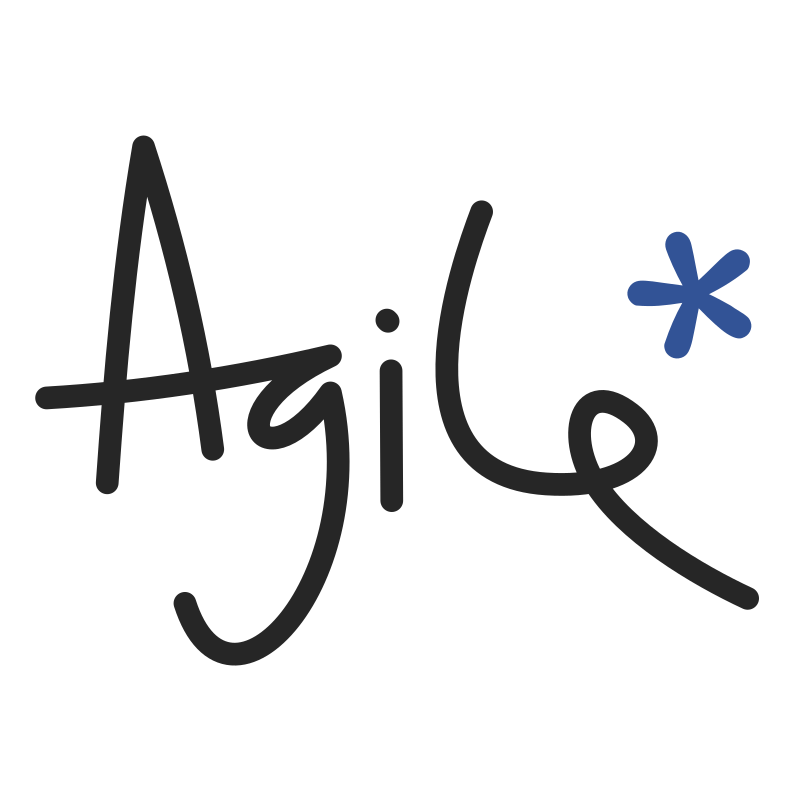

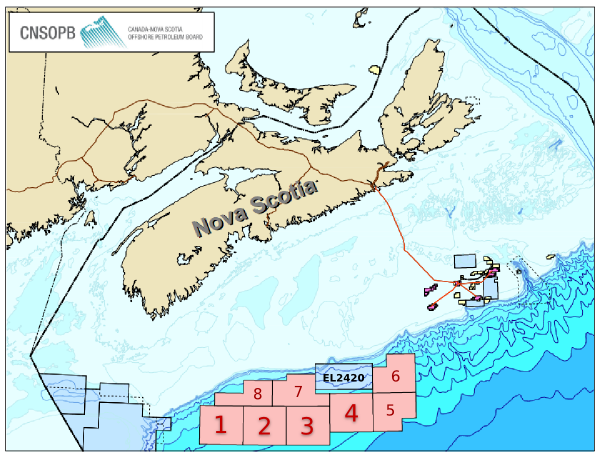
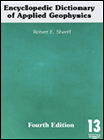







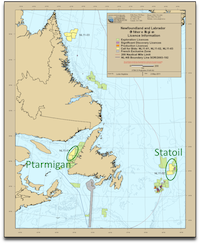

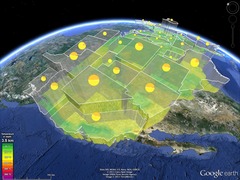
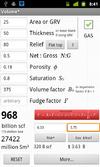





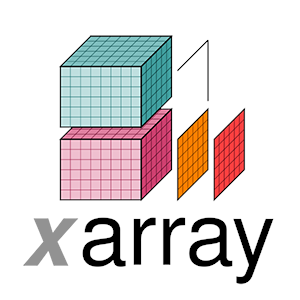

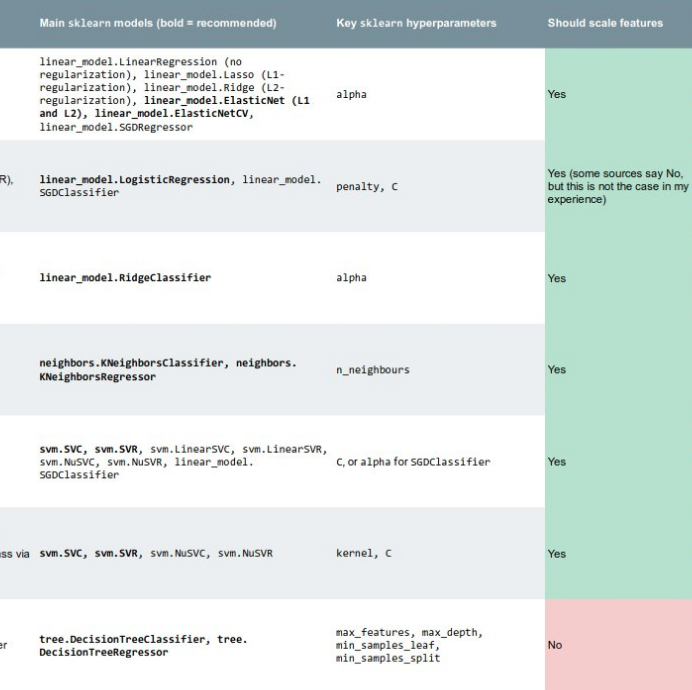

 Except where noted, this content is licensed
Except where noted, this content is licensed